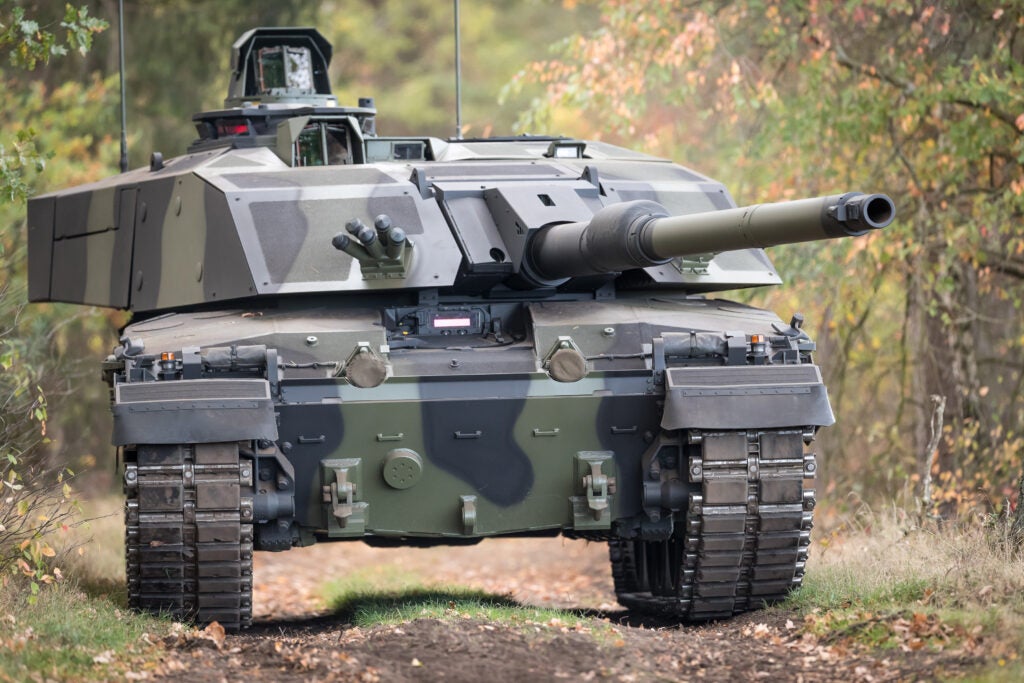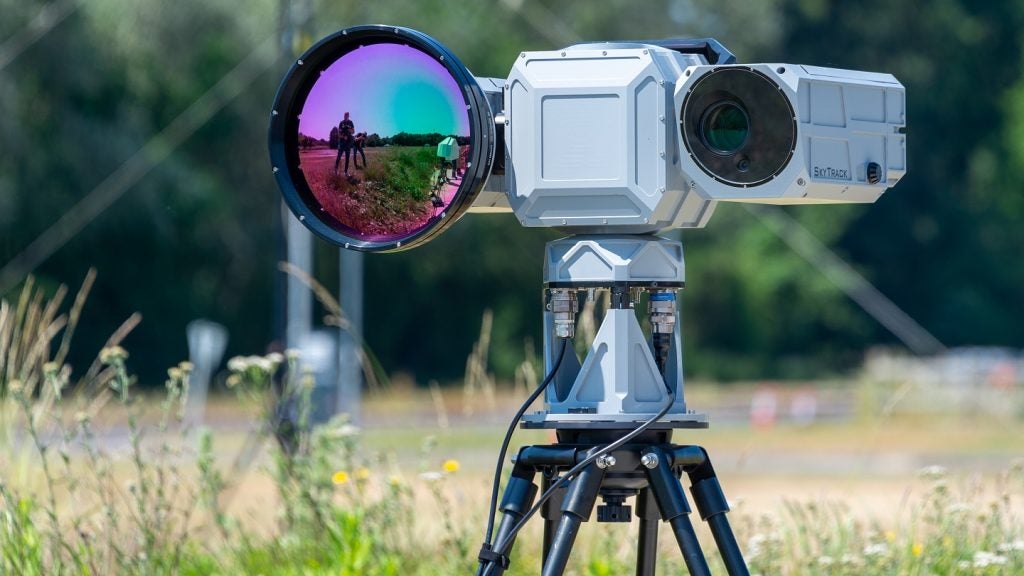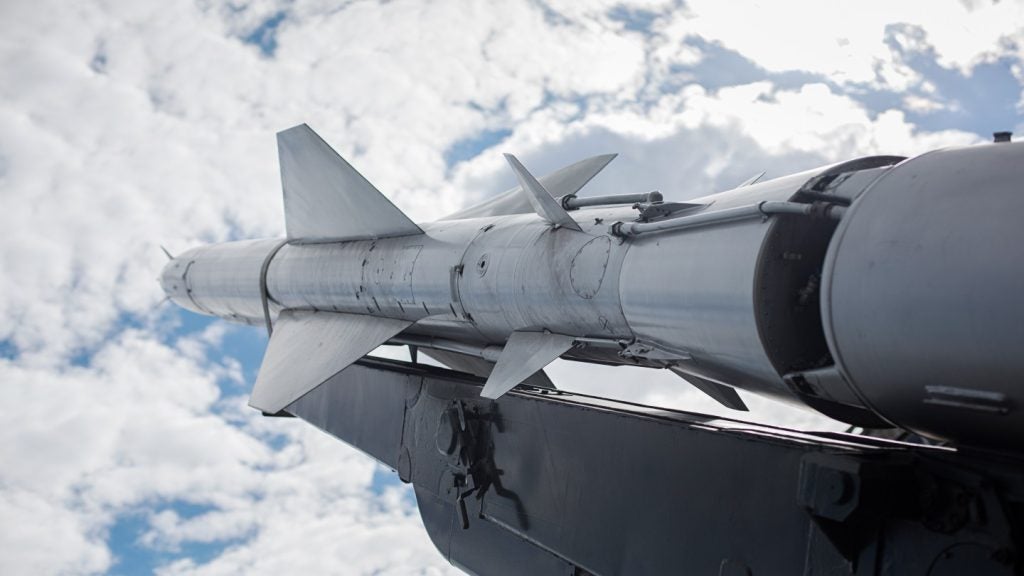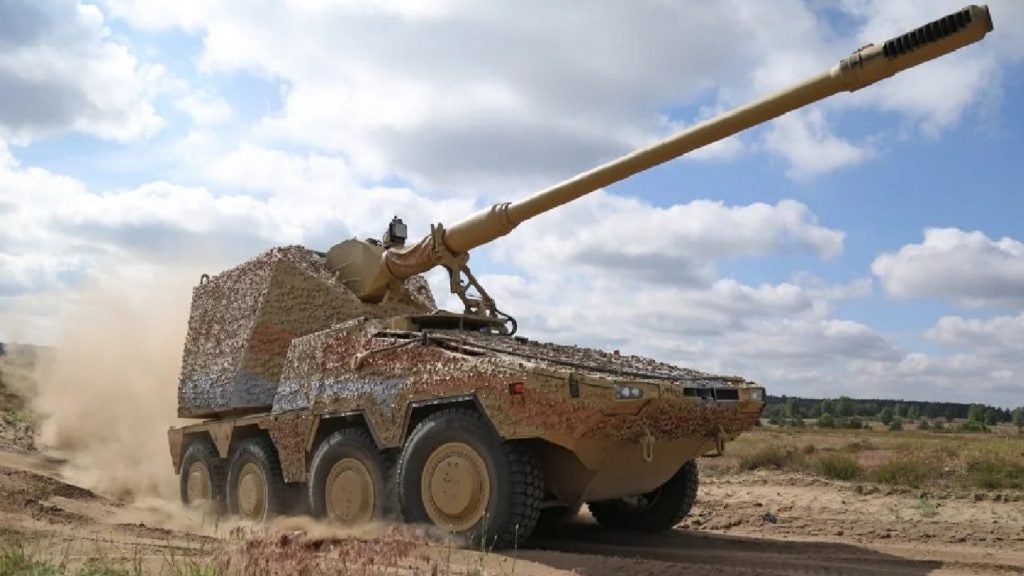
US Army scientists are developing synthetic cranial bones to investigate new head protection material that can lessen blast wave effects on the brain.
Developed by Army Research Laboratory (ARL) researchers, the bones behave like the skulls of 20 and 30-year-old soldiers, and are scheduled to be used in the testing of new helmet padding materials in simulated blast and impact conditions.
The bones are made up of synthetic materials to create a uniform response that is representative of the soldier population.
The tests are aimed at understanding how to best protect the head during exposure to blast waves and blunt impact.
ARL Materials and Manufacturing Science Division materials engineer Dr Thomas Plaisted said: "Donor skulls that may be available for testing would typically come from older people, and the properties of those skulls can be highly variable and may not have the same response as the average skull of the army soldier population.
See Also:
"So, we are developing our own synthetic bone, [and] capturing material and architecture response specific to the human skull.
How well do you really know your competitors?
Access the most comprehensive Company Profiles on the market, powered by GlobalData. Save hours of research. Gain competitive edge.

Thank you!
Your download email will arrive shortly
Not ready to buy yet? Download a free sample
We are confident about the unique quality of our Company Profiles. However, we want you to make the most beneficial decision for your business, so we offer a free sample that you can download by submitting the below form
By GlobalData"The cranial bones have a highly-graded structure, from a tough outer layer, a spongy inner section, to a more brittle inner layer, which together are responsible for how it responds under impact conditions."
Earlier this year, ARL evaluated the base material of the synthetic bone by hitting it at a high rate and comparing the fracture properties to human bones tested with the same technique.
The agency now plans to start printing synthetic skulls with 3-D technology later this year.
Plaisted added: "Our next step is in determining the limits of resolution we can achieve with the 3-D printing, and how fine the resolution needs to be to capture the properties we are looking for."
Shock waves from battlefield explosions are invisible threats for both US soldiers and their advanced combat helmets.
Image: The newly created synthetic cranial bones are made up of synthetic materials. Photo: courtesy of ARL Public Affairs.








